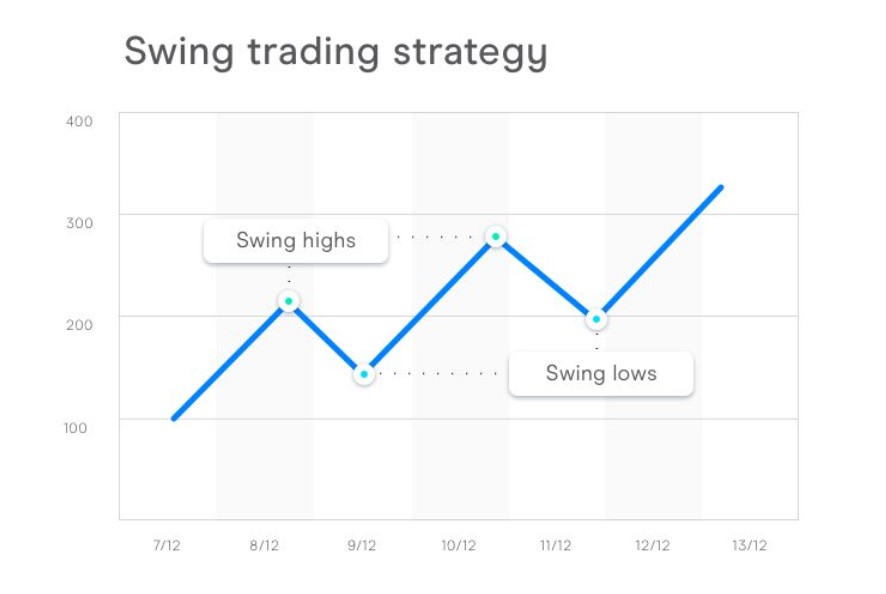Don't have money for college? Use FAFSA to find some. Here's what it is and how it works.
If you want to attend college but aren't sure you can afford it, you should immediately complete the Free Application for Federal Student Aid (FAFSA).
The application doesn't cost money and can open up new sources of funding to help you pay for post-secondary education. The federal government, states and schools use it to determine your needs and what might be available to you in the form of grants, loans, scholarships, and even work-study programs to get you through school financially.
However, you should know that the money available is first come, first serve. So, the earlier you get a jump on it, the better the chance of getting enough money to pay for your education.
Here's how it works:
What is FAFSA?
The FAFSA is the form students and families need to complete for federal student aid to help pay for post-secondary education. A new FAFSA needs to be submitted for each academic year in which you want to get aid. FAFSA is free and available each year on Oct. 1.
Learn more: Best personal loans
For the 2023-24 school year, FAFSA launched last October and closes June 30, 2024.
The exception will be for school year 2024-25 when a new simplified version will be released later, in December 2023.
States and colleges also use FAFSA information to award their own grants, scholarships, and loans. They have their own deadlines, so you must check with each one to make sure you don’t miss them. Be sure to ask if their deadline means the date your FAFSA form is processed or the date the college receives your processed FAFSA data.
Why should I complete FAFSA?
The U.S. Department of Education reviews your FAFSA to determine your eligibility for need-based federal aid, such as grants, loans, and work-study jobs.
Each year, more than 13 million students who file the FAFSA get more than $120 billion in grants, work-study, and low-interest loans from the U.S. Department of Education, according to College Board, a not-for-profit that helps students prepare for college. Many states and colleges also use the FAFSA to determine which students get aid, including grants, loans, scholarships, or tuition waivers.
Even if you think you’re ineligible, you should complete a FAFSA because you may discover you qualify. There’s no harm in applying. Though low-income families are strongly encouraged to apply, your family doesn’t have to have a low income to qualify for assistance. Even if your family makes $200,000 a year, you could be eligible for aid.
“Obviously, we need more students to pursue post-secondary education,” says Bill Debaun, senior director of data and strategic initiatives at the nonprofit National College Attainment Network (NCAN), which helps create equal opportunities to achieve higher education. “FAFSA’s a big part of it .. .FAFSA signals the intent to enroll.”
The high school class of 2022 left about $3.6 billion in Pell Grants on the table by not completing the FAFSA, according to NCAN. Pell Grants are usually awarded only to undergraduate students with exceptional financial need and who haven’t earned a bachelor's, graduate, or professional degree.
Help finding money:Student creates app to help peers find scholarships
What do you need to complete FAFSA?
In addition to creating an account and getting your FSA ID (if you’re a dependent, your parent or guardian may also need to create an account and have an FSA ID to complete parts of the application), you’ll need to include personal identity and financial information.
Some documents you may need include:
- Your Social Security number. Make sure you enter it correctly on the FAFSA form.
- Your parents’ Social Security numbers if you are a dependent student.
- Your driver’s license number, if you have one.
- Your Alien Registration number if you are not a U.S. citizen.
- Federal tax information, tax documents, or tax returns, including IRS W-2 information, for you (and your spouse, if you are married), and for your parents if you are a dependent student.
- Information on cash; savings and checking account balances; investments, including stocks and bonds and real estate (but not including the home in which you live); and business and farm assets for you and for your parents, if you are a dependent student.

Where can I get help completing FAFSA?
Free help filling out the FAFSA form includes:
- Select the white question mark icon next to a FAFSA question in the online FAFSA form to view a “tool tip” that provides information about how to answer that question.
- Visit the “FAFSA Help” page, where you can view trending FAFSA topics, browse FAQs, search for more information.
- Email the Department of Education with your question or, during business hours, chat (in English or Spanish) with technical support staff.
- Contact the financial aid office at the college or career school you plan to attend.
- If you live in a state with a "universal" FAFSA completion policy requiring students or incentivizing schools to encourage students to fill out the form before graduation, you should have counselors available to support you. These states include Louisiana, Illinois, Alabama, Colorado, Texas, California, Maryland, New Hampshire, Indiana, Nebraska, Oklahoma and Kansas, NCAN said.
Medora Lee is a money, markets, and personal finance reporter at USA TODAY. You can reach her atmjlee@usatoday.com and subscribe to our free Daily Money newsletter for personal finance tips and business news every Monday.
Disclaimer: The copyright of this article belongs to the original author. Reposting this article is solely for the purpose of information dissemination and does not constitute any investment advice. If there is any infringement, please contact us immediately. We will make corrections or deletions as necessary. Thank you.







